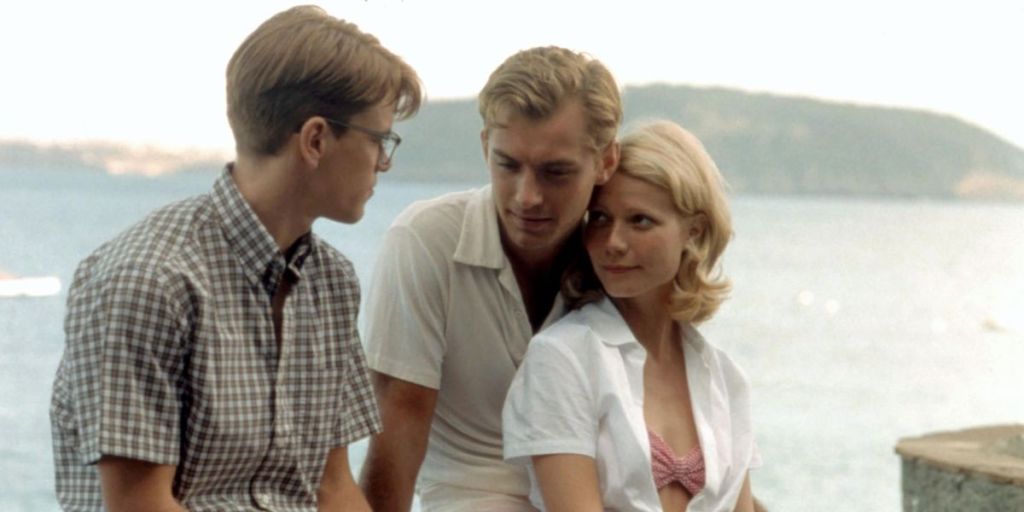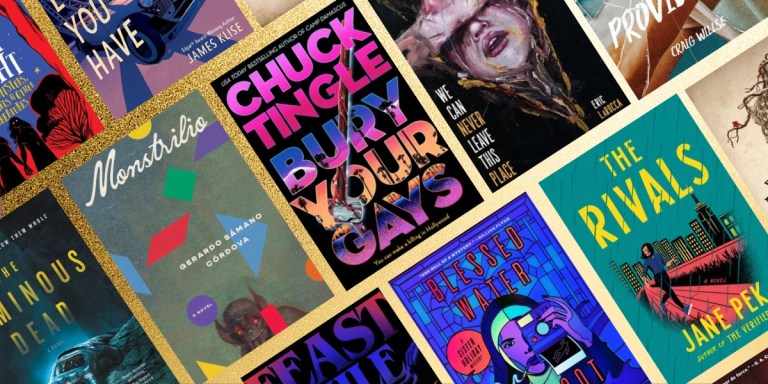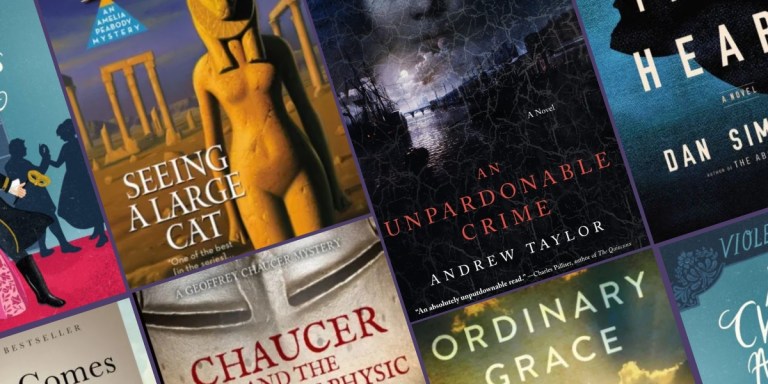The History of Queer Crime Fiction

Queer detectives, amateur sleuths, and PIs may not have appeared with much regularity in mystery and suspense books until the 1980s, but queer crime fiction still has a long, rich history. Before it was easy for them to publish books with LGBTQ+ themes and openly gay characters, many queer authors were writing mystery books anyway—sometimes with coded queer subtext, and sometimes not. And while some of the earliest queer crime fiction is now out of print, queer crime fiction across every sub-genre is thriving today. It’s partly thanks to to those early pioneers, writing in the 1960s, 1970s, and 1980s, that we now have such an incredible diversity of queer crime stories. It’s as important to learn about and honor the history of queer crime fiction as it is to continue supporting the many LGBTQ+ authors working today.
1950s and 1960s
Though there wasn’t much notable queer crime fiction published in the 1960s—the first big series didn’t appear until the 1970s—there were absolutely queer authors who contributed significantly to the genre during this time. Perhaps the most famous is Patricia Highsmith, whose 1955 thriller The Talented Mr. Ripley has since become a classic of dark psychological fiction. Truman Capote’s In Cold Blood (1965), while technically nonfiction, is nevertheless another important work to mention. The forerunner of most modern true crime, it’s a classic that has continued to captivate readers for decades,.
1970s
Mainstream, well-received queer crime fiction started to appear in the 1970s. Joseph Hansen’s groundbreaking Dave Brandsetter mysteries series completely changed the game. The first of 12 books, Fadeout, was published in 1970s. The series centers a gay insurance investigator, Dave Brandsetter, who solves a series of mysteries while quietly living his life as he pleases. Unlike many minor gay characters who appeared in crime fiction throughout the early 20th century, Brandsetter is not a stereotype, and he’s not tormented about being gay.
Prolific gay writer Felice Picano published his debut The Lure in 1979, a dark thriller that deals frankly and honestly with gay culture and sexuality. Police procedurals and detective series dominated much of the queer crime fiction published in the 1970s, ’80s, and ’90s, but The Lure is an example of an early gay thriller.
1980s
Queer crime fiction continued to gain quietly gain traction during the 1980s. Most notably, Latino author Michael Nava published the first book in his Henry Rios series, a gritty detective series about a gay lawyer in LA. First published as The Little Death in 1986, it was reissued in 2016 as Lay Your Sleeping Head. Fans of lesbian crime fiction will likely recognize another classic series from the 1980s: the Lindsay Gordon books by bestselling mystery author Val McDermid. Lindsay Gordon is a lesbian journalist, who, like Henry Rios, solves mysteries while dealing with her own small personal crises.
1990s and 2000s
The 1990s saw an explosion of queer crime fiction of all kinds, though detective series continued to dominate. Many prolific authors published the first books in series that have continued well into the 2000s. In the late 1980s, St. Martin’s Press founded a new imprint, Stonewall Inn Editions, focused on LGBTQ+ genre fiction. Many queer authors got their start with the imprint, including Fred W. Hunter, who wrote the Alex Reynolds mysteries about a sometimes-CIA agent, and Lev Raphael, whose Nick Hoffman series focuses on a professor with a penchant for getting mixed up in murder.
Lesbian sleuths of all kinds also became much more prominent in the 1990s. Katherine V. Forrest is often viewed as the author who made lesbian detective novels popular. Amateur City, published in 1984, introduced readers to lesbian LAPD detective Kate Delafield. Forrest continued to publish Kate Delafield books through the 1990s, and the tenth book in the series, Delafield, came out in 2022.
Forrest wan’t the only one writing lesbian crime in the 1990s. Sandra Scoppettone made a splash with Everything You Have Is Mine, the first in her series about Lauren Laurano, a private investigator who works out of the Greenwich Village brownstone she shares with her lover. Penny Mickelbury’s Mimi and Gianna series certainly wasn’t the first crime book with a Black queer protagonist, but it’s one that helped open the door for other writers. Similarly, Nikki Baker’s Virginia Kelly books, which have sadly gone out of print, are about a Black lesbian investigator and offer a sharp, nuanced portrait of Black lesbian life.
Queer crime fiction continued to proliferate in the early 2000s, with authors like Anthony Bidulka (the Russel Quant mysteries), and Claire McNab (the Denise Cleever thrillers) joining the scene, among many, many others. In the last decade, queer crime fiction has expanded far beyond classic detective series, with books like P.J. Vernon’s 2021 thriller Bath Haus and Nekesa Afia’s atmospheric Harlem Renaissance mysteries.
Queer Crime Fiction Today
Queer crime fiction today includes everything from cozy mysteries and whodunits to psychological thrillers and period pieces. These days there’s a queer crime book for every kind of reader—it would be impossible to list them all! Kathleen Kent’s Betty Rhyzyk series, starting with The Dime and starring lesbian detective Betty Rhyzyk, is a fantastic example of a queer mystery series with a classic feel. YA author Tess Sharpe has dazzled readers with her twisty, thoughtful, and emotional teen thrillers, such as Far From You. And Emma Donoghue’s Frog Music, a historical mystery set in 1870s San Francisco, is the kind of complicated and nuanced crime fiction that today’s readers have come to expect.
By clicking 'Sign Up,' I acknowledge that I have read and agree to Hachette Book Group’s Privacy Policy and Terms of Use


